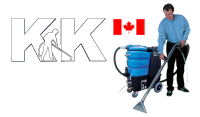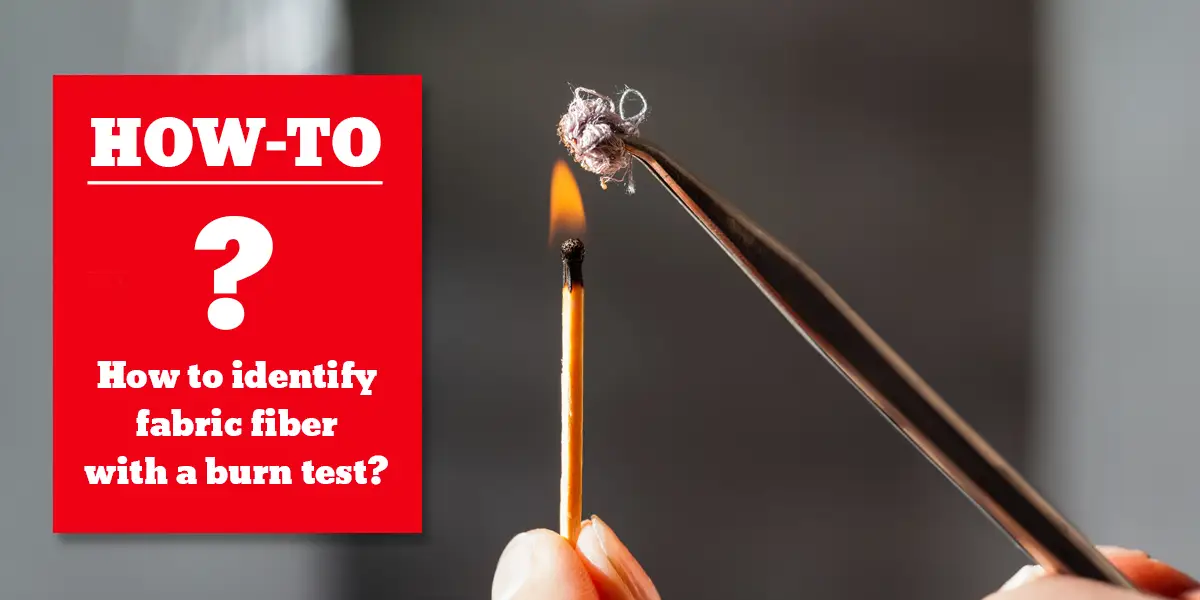Unlocking the Secrets of the Professional Carpet and Upholstery Cleaner: Textile Fiber Identification Methods
How to Identify Carpet and Upholstery Textile Fabrics Before Cleaning
When it comes to maintaining the beauty and longevity of upholstered furniture, understanding the fabric fibers that make up upholstery is paramount. Different fibers require different cleaning methods, and using the wrong approach can lead to costly damage. In today’s blog post, we will explore various textile fiber identification methods that will assist you in the effective and safe cleaning of carpet and upholstery.
Visual Inspection
One of the simplest ways to identify the fabric fibers in your upholstery is through a visual inspection. Begin by closely examining the fabric’s texture, color, and pattern. This initial observation can provide valuable clues about the fiber type. For instance, natural fibers like cotton and linen often have a matte appearance, while synthetic fibers like polyester and nylon tend to be more lustrous.
Burn Test
The burn test is a classic method used by carpet cleaning industry professionals to determine the composition of fabric fibers. However, this technique should be performed with extreme caution to avoid accidents. Here’s how it works:
- Snip a small piece of fabric from an inconspicuous area of the upholstery.
- Use a pair of tweezers to hold the fabric sample over a non-flammable surface (a metal tray or ceramic plate).
- Ignite the fabric with a flame (a lighter or match).
- Observe the flame and the residue:
- Natural fibers (e.g., cotton, wool, silk) will burn, release an odor of burnt hair or feathers, and leave behind ash.
- Synthetic fibers (e.g., polyester, nylon, acrylic) will melt and often produce black, bead-like residue.
Chemical Testing
Chemical testing involves using specific reagents to identify fabric fibers. While this method is more precise than the burn test, it may require some basic chemistry knowledge. Here are a few common chemical tests:
- Acetone Test: Apply a small amount of acetone (nail polish remover) to a hidden section of the fabric. If the fabric dissolves or shrinks, it likely contains acetate or triacetate.
- Bleach Test: Mix a solution of 1 part bleach and 1 part water. Apply a drop to a hidden section of the fabric. If the fabric changes color or becomes damaged, it is likely a natural fiber.
- Hydrochloric Acid Test: Drop a small amount of hydrochloric acid on a fabric sample. If it fizzes and dissolves, it is likely a carbonate-based fiber like rayon or acetate.
Microscopic Examination
For a more advanced approach, you can use a microscope to examine the fabric fibers closely. This method allows you to identify the characteristic features of each fiber type, such as the cross-sectional shape, surface texture, and coloration. While it requires specialized equipment, it can provide highly accurate results.
Consult Manufacturer Tags
Most upholstered furniture comes with manufacturer tags or labels that provide information about the fabric content and cleaning instructions.
Identifying cleaning codes on furniture and upholstery is crucial for determining the appropriate cleaning methods to maintain the appearance and longevity of your furnishings. Most manufacturers use standardized cleaning codes to convey care instructions for different types of fabrics. These codes are typically found on a tag or label attached to the furniture. Understanding these codes will help you clean your upholstery correctly and prevent damage. Here’s how to identify and interpret these cleaning codes:
Locate the Cleaning Tag
- Look for a tag or label attached to the furniture. It is usually located in a discreet spot, such as under the cushions, on the bottom of the piece, or on the backside of the furniture.
Read the Cleaning Codes
There are four primary cleaning codes that you may encounter on furniture and upholstery labels. Each code indicates the recommended cleaning method:
- W: Water-Based Cleaning
Furniture labeled with “W” can be cleaned with water-based solutions. This typically means you can use a mild detergent or upholstery cleaner with water to spot clean or clean the entire piece. - S: Solvent-Based Cleaning
“S” indicates that you should use a solvent-based cleaner. Avoid water-based cleaners, as they may damage the fabric. Solvent-based cleaning products are available at many furniture stores and home improvement centers. - SW or WS: Either Water-Based or Solvent-Based Cleaning
“SW” or “WS” means you can use both water-based and solvent-based cleaning methods on the fabric. You have some flexibility in choosing the cleaning solution, but always follow the manufacturer’s recommendations for the best results. - X: Vacuum Only
“X” means that the fabric should not be cleaned with water or solvents. Instead, you should vacuum the upholstery regularly and avoid any liquid cleaning agents. This code is typically found on delicate or sensitive fabrics.
Follow Manufacturer Recommendations
In addition to the cleaning code, the tag may provide specific manufacturer recommendations for cleaning and maintenance. Always follow these guidelines for the best results and to maintain any warranties.
- Test in an Inconspicuous Area
Before applying any cleaning solution to your upholstery, test it in an inconspicuous area to ensure it doesn’t cause damage or discoloration. This step is especially important for unfamiliar cleaning products. - Seek Professional Help
If you’re unsure about the cleaning codes, the appropriate cleaning method, or the condition of your upholstery, it’s advisable to consult a professional upholstery cleaning service company. They can assess the fabric and recommend the best approach to clean and preserve your furniture.
Conclusion
Understanding the fabric fibers in upholstery is a crucial step in ensuring proper cleaning and maintenance. By employing Textile Fiber Identification Methods like visual inspection, burn tests, chemical testing, microscopic examination, and consulting manufacturer tags, you can confidently choose the right cleaning method for upholstery. Remember, when in doubt, it’s always a good idea to seek professional advice to protect your investment and keep your furniture looking its best.


